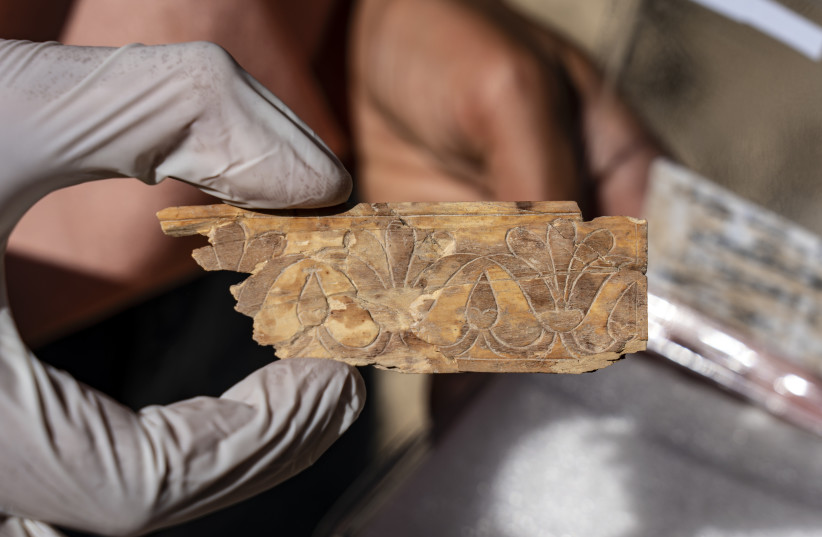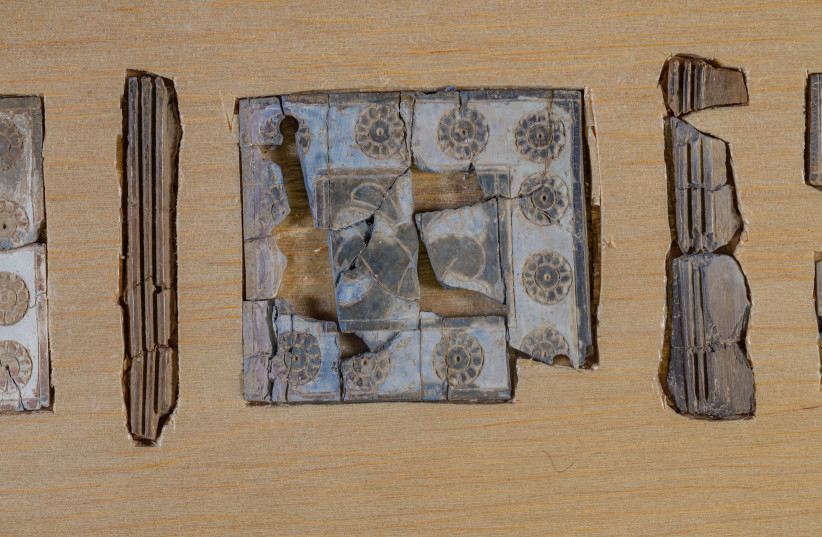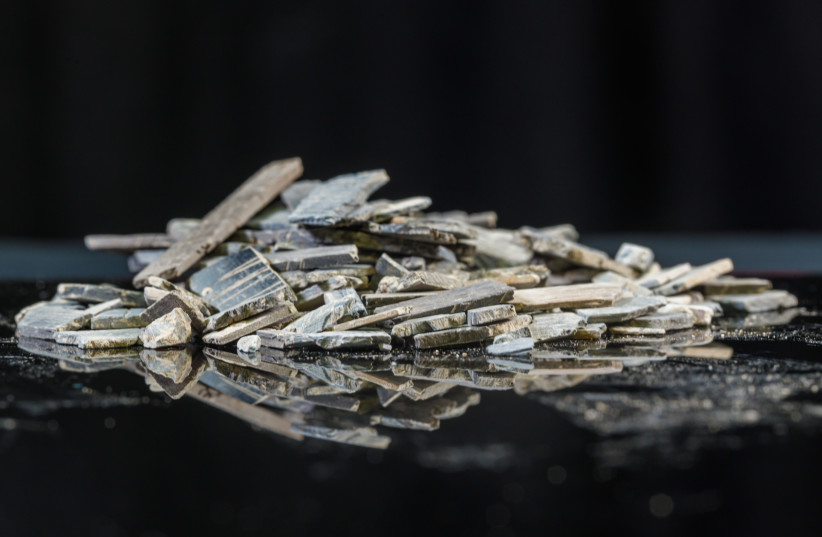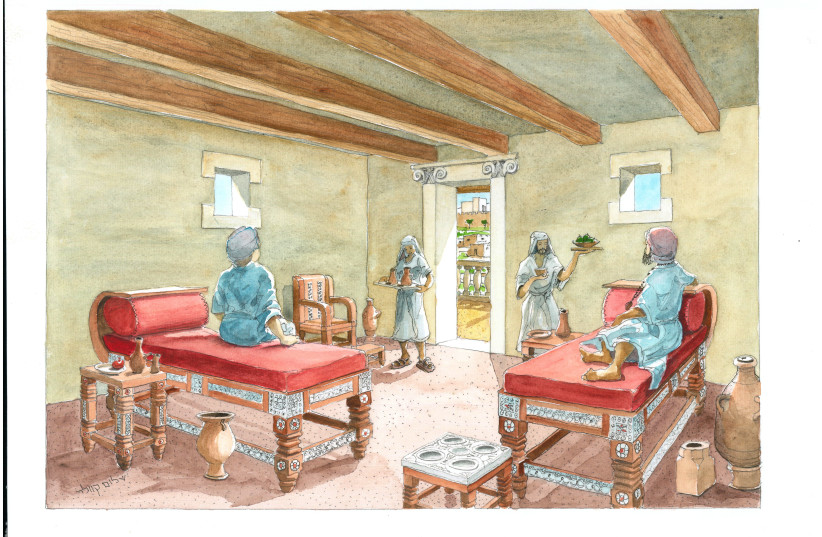Elephant-tusk ivory plaques from the First Temple period (7th-8th BCE) were discovered in Jerusalem for the first time in an unlikely location: a parking lot. Archaeologists think the plaques were found in a building devastated by a fire that occurred during the Babylonian destruction of Jerusalem in 586 BCE.
The dig, jointly conducted by the Antiquities Authority (IAA) and Tel Aviv University, involved excavations in the Givati parking lot in the Jerusalem Walls National Park. The excavation was funded by the City of David Foundation.
The decorations on some of the ivories consist of frames incised with rosettes, in the center of which is a stylized tree, both of which were popular symbols in Mesopotamia, according to Dr. Ido Koch and Reli Avisar from Tel Aviv University. Others were adorned with lotus flowers and a geometric pattern.
The plaques found in Jerusalem are rarely found anywhere in the world. Ivory was one of the most costly raw materials in the ancient world, believed by scholars to have been used in residential buildings.
The archaeologists believe that the inlaid ivories were used by the residents of the building with the wooden furnishings. The residents are believed to have been people of influence and power, which means that they may have been government officials or priests.
This assumption is based on various biblical references, in which ivory is consistently associated with royalty or wealth.

Who did these plaques belong to?
“The prestige of ivory is also associated with the great skill required to work with it and create decorations,” Prof. Yuval Gadot from Tel Aviv University’s Department of Archaeology and Near Eastern Cultures and Dr. Yiftah Shalev from the IAA said, estimating that it originated from ancient Assyria and was given as a gift to Jerusalem’s nobility.
“To date, we only knew of decorated ivories from the capitals of the great kingdoms in the First Temple period, such as Nimrud, the capital of Assyria, or Samaria, the capital of the Israelite Kingdom. Now, for the first time, Jerusalem joins these capitals,” said Gadot and Shalev.

“We were already aware of Jerusalem’s importance and centrality in the region in the First Temple period, but the new finds illustrate how important it was and places it in the same league as the capitals of Assyria and Israel,” they added.
“The discovery of the ivories is a step forward in understanding the political and economic status of the city as part of global administration and economy.”
How is this connected to the destruction of Jerusalem?
The team of archaeologists found 1,500 fragments of the ivories, which were smashed into tiny pieces and burnt. The fragments were discovered as part of the wet-sieving project in Emek Tzurim National Park.

How were the fragments restored?
The restoration project was undertaken by conservator Orna Cohen and the IAA’s Ilan Naor.
“At the end of the process of joining and ‘fusing’ hundreds of the fragments, we were able to understand that the assemblage includes remnants of at least 12 small square plaques – about 5 cm. x 5 cm. [about 2” x 2”], at most 0.5 cm. thick – which were originally inlaid in wooden furnishings,” they said.
What else did the archaeologists find?

The team of archaeologists also found a seal made of agate, a semi-precious stone, another seal with the words “Natan, servant of the king,” and jars that once held a vanilla-spiced wine.
“These discoveries breathe life into the ancient stones,” said IAA director Eli Eskozido.
The plaques will be displayed in October at the Jerusalem Conference of the Israel Antiquities Authority, Tel Aviv University and the Hebrew University of Jerusalem.
